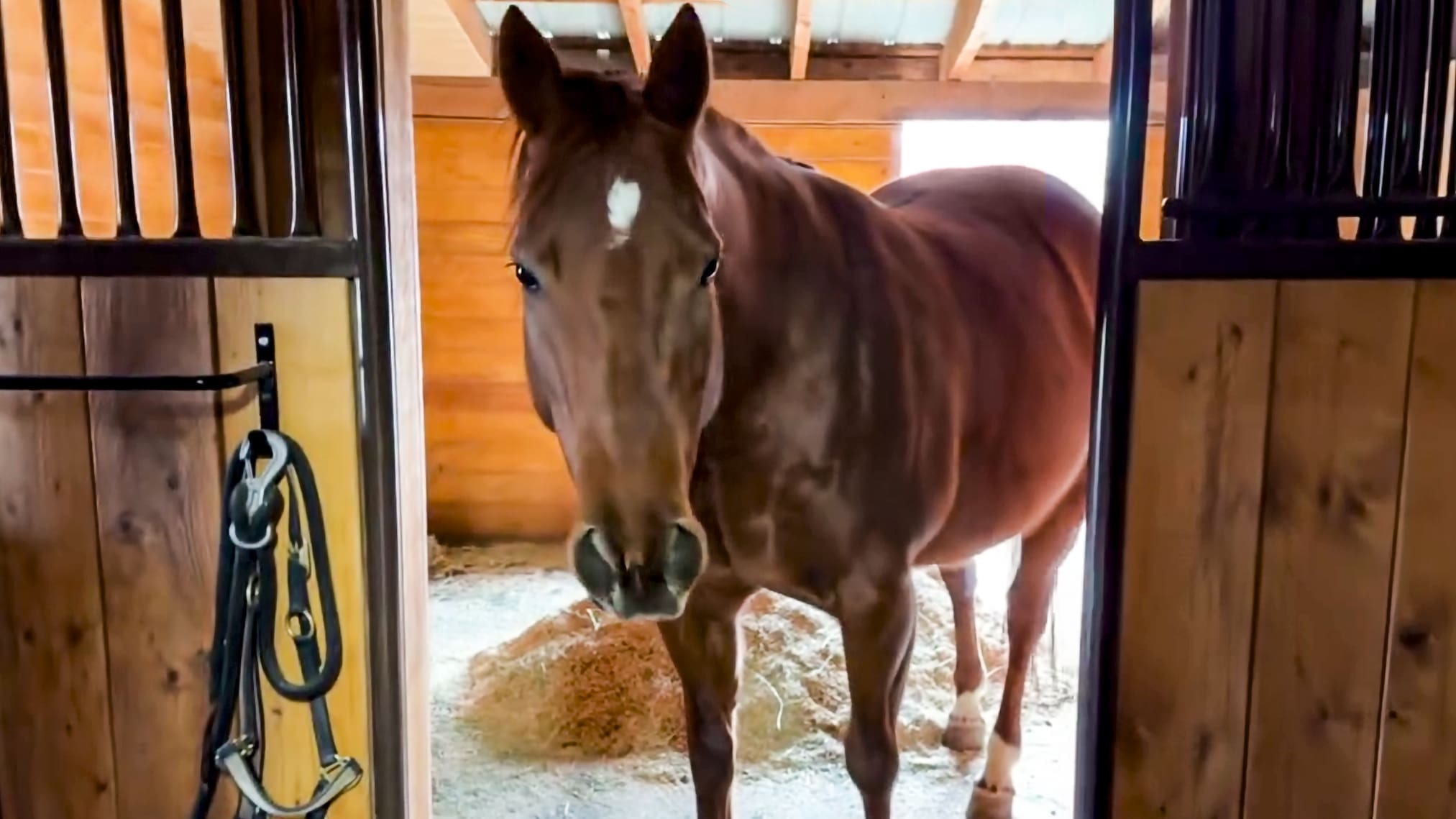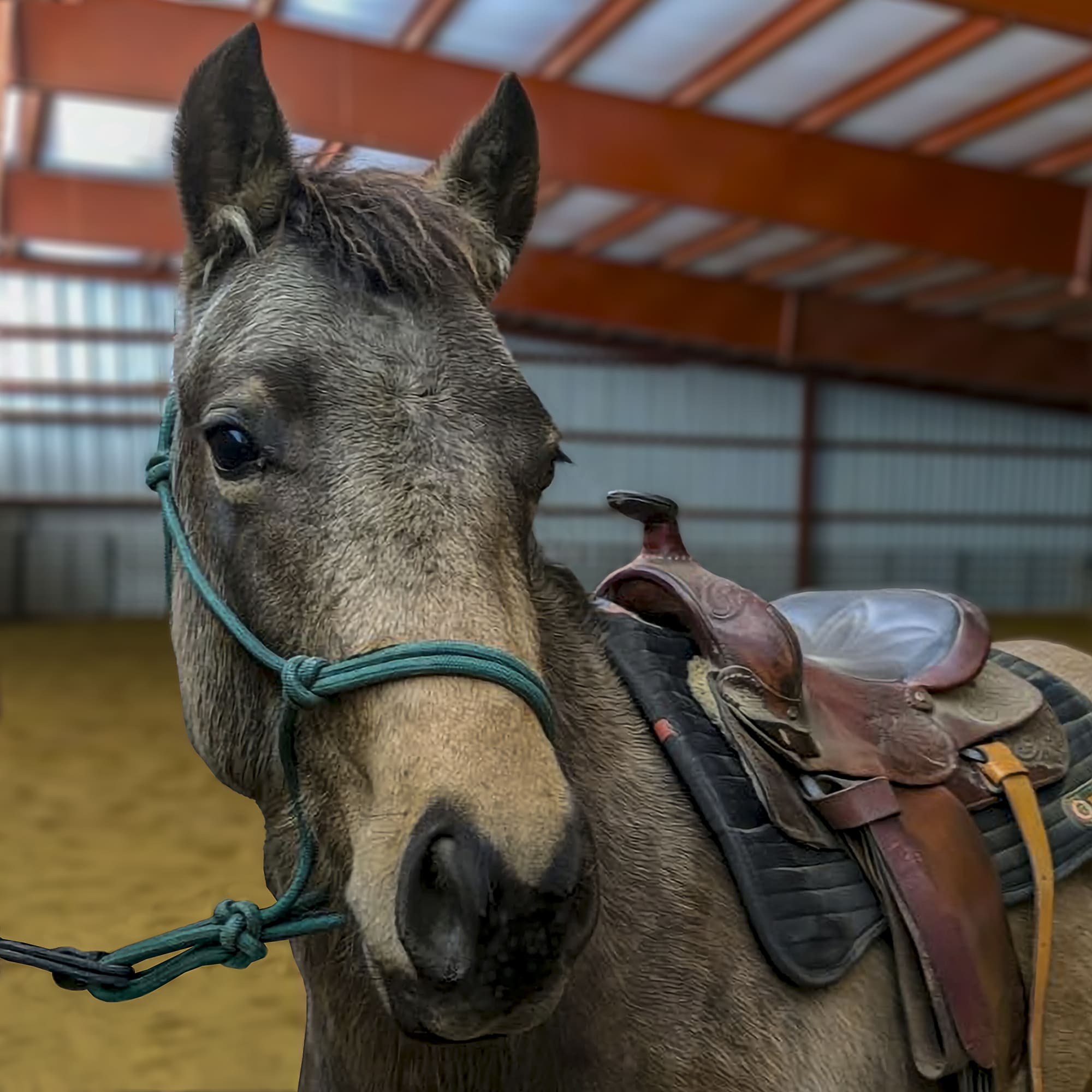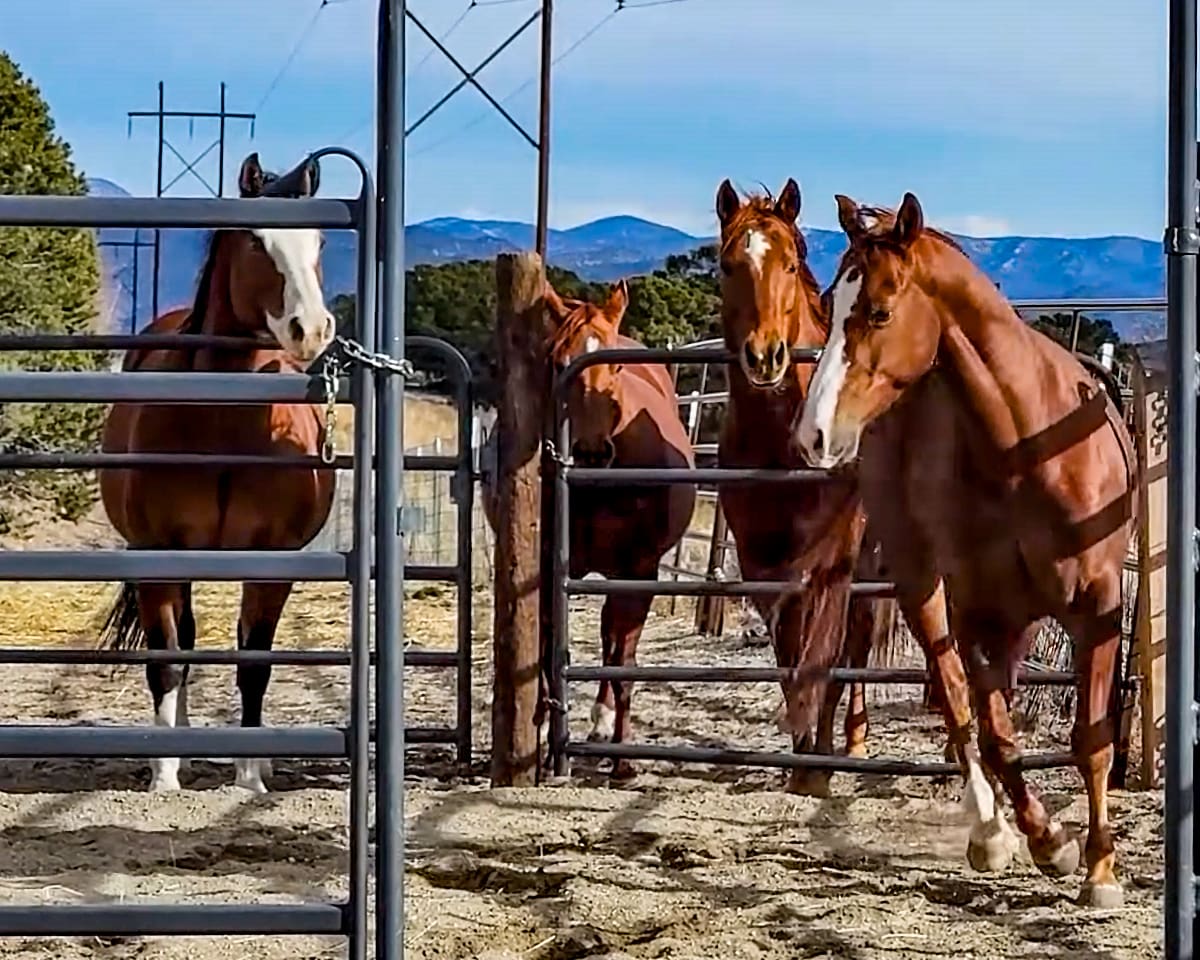Your horse sees objects far away much better than those nearby. As a prey animal, he’s programmed to scan the horizon, searching for predators. His brain is also trained to react to quick movements, such blowing branches and strangely moving unidentified objects-even items that you know to be harmless. Until proven otherwise, your horse assumes that an unidentifiable object may kill and eat him, which can lead to nervous, spooky behavior.
Your horse also has difficulty seeing when moving from light to dark and vice versa. While your horse has excellent night vision, his eyes dilate and constrict tremendously to see by both sunlight and starlight. As horses in the wild rely on their vision for survival, compromised vision can lead to a spook.
This in mind, keep your eyes moving and looking far down the trail. Scan the horizon for any object (such as a blowing grocery bag) or potentially scary scene (such as a dark, shaded area), that may cause your horse anxiety and lead to a spook.
By simply looking ahead, you can avoid circumstances that may trigger your nervous horse’s fears. If you can ride proactively toward whatever lies ahead, you may ride right past the threat before your horse acts out with fear.
When you spot a potential problem object or scene, follow these steps:
Step #1: Take charge. Remind your horse that you’re in charge and worthy of following in the case of a crisis. Remind him of your leadership skills and his ability to be obedient.
Step #2: Cue your horse. To establish your leadership, ask for simple, continuous moves, such as stop, go forward, turn, back, etc. Star your series of cues as soon as you see the scary object, before your horse detects it.
Step #3: Keep him focused. As you approach the object, keep your horse focused and his nose pointed directly down the trail; no looking around is allowed. If his nose isn’t pointed straight ahead, he’s thinking about his surroundings and preparing to take off on his own path.
Step #4: Stop and relax. Stop regularly to remind your horse that you’re in control. Let him drop his head, take a deep breath, and relax; then forge ahead. As he relaxes, take a moment to breathe deeply yourself. Your attentiveness and calm disposition will also cue your horse to relax.




No comment yet, add your voice below!